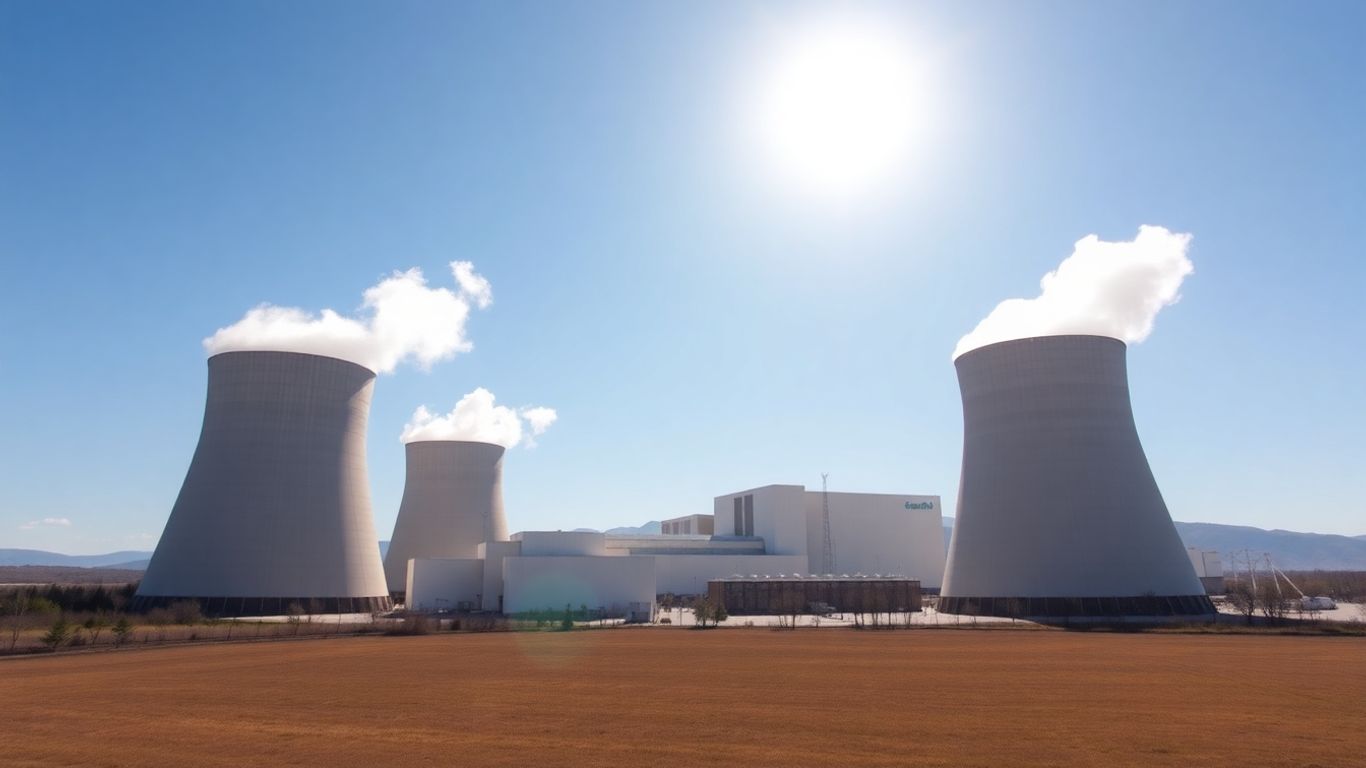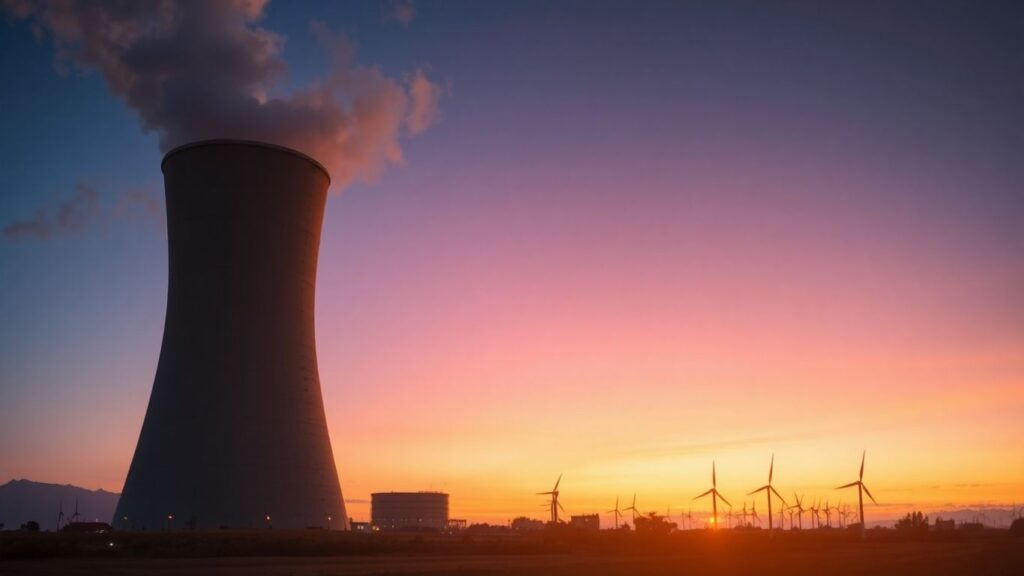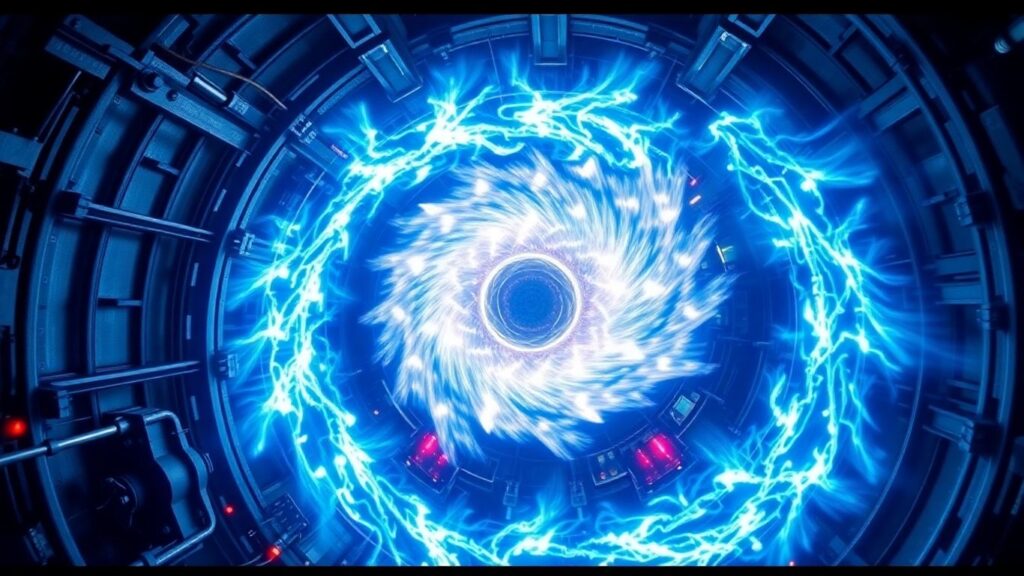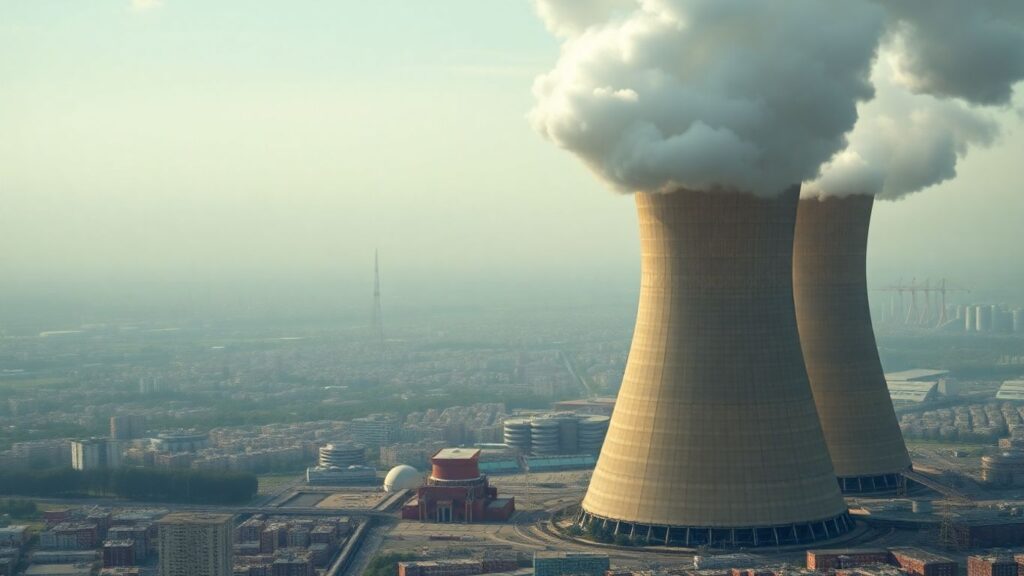The United States has set ambitious targets to significantly expand its nuclear energy capacity, aiming to triple it by 2050. This strategic move is designed to bolster energy security, drive economic growth, and crucially, combat climate change by reducing carbon emissions. The plan involves a multi-faceted approach, including extending the life of existing plants, restarting retired reactors, and deploying new reactor designs.
Key Takeaways
- The U.S. aims to add 35 GW of new nuclear capacity by 2035 and achieve a sustained pace of 15 GW per year by 2040.
- This expansion is a critical component of the nation’s strategy to reach net-zero emissions by 2050.
- Federal investments and tax incentives from the Bipartisan Infrastructure Law and Inflation Reduction Act are fueling this growth.
A Renewed Focus on Nuclear Power
Nuclear energy currently serves as the nation’s largest source of clean power, preventing over 470 million metric tons of carbon dioxide emissions annually. The Department of Energy estimates that an additional 200 gigawatts (GW) of new nuclear capacity will be necessary to meet future power demands and achieve net-zero emissions by 2050. This renewed commitment was highlighted at the U.N. climate summit (COP29) in Baku, Azerbaijan, where the U.S. announced its deployment targets.
The Path to Tripling Capacity
Achieving the goal of tripling nuclear capacity requires building new reactors at a pace not seen since the 1970s. This will involve leveraging design standardization, advanced manufacturing techniques, and lessons learned from past projects. The strategy includes deploying both large-scale light-water reactors and new small modular and microreactor designs. These advanced reactors are expected to meet diverse energy needs for commercial customers and the military, with potential for deployment in the early 2030s.
Preliminary research indicates that existing nuclear power plant sites could host up to 60 GW of new capacity through large-scale reactors, with potential for an additional 95 GW using small modular reactors. Furthermore, sites near former U.S. coal plants could accommodate between 128 to 174 GW of new capacity, particularly with smaller, more capital-accessible reactor types that can utilize existing infrastructure and local workforces.
Government Support and Future Outlook
Legislation such as the Bipartisan Infrastructure Law, the Inflation Reduction Act, and the ADVANCE Act are providing crucial support by streamlining regulatory processes and offering financial incentives. These measures are fostering momentum in the domestic nuclear sector, enabling the rebuilding of supply chains and workforces. Efforts are underway to restart retired reactors in Michigan and Pennsylvania, and to demonstrate new reactor technologies. The U.S. is also working to secure a reliable supply chain for high-assay low-enriched uranium, reducing dependence on foreign entities like Russia.
Sources
- U.S. Sets Targets to Triple Nuclear Energy Capacity by 2050, Department of Energy (.gov).












